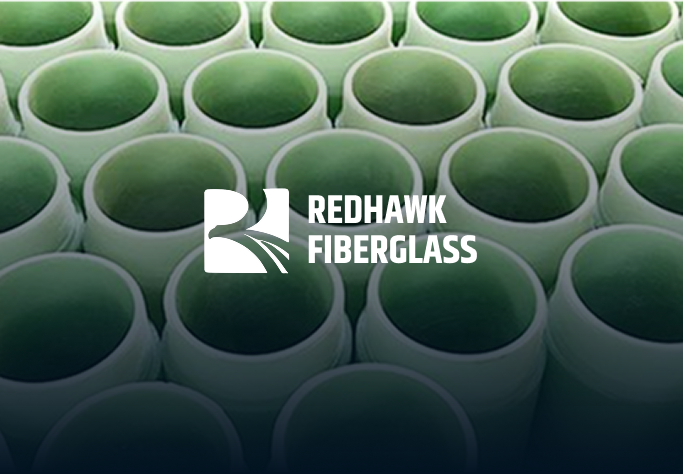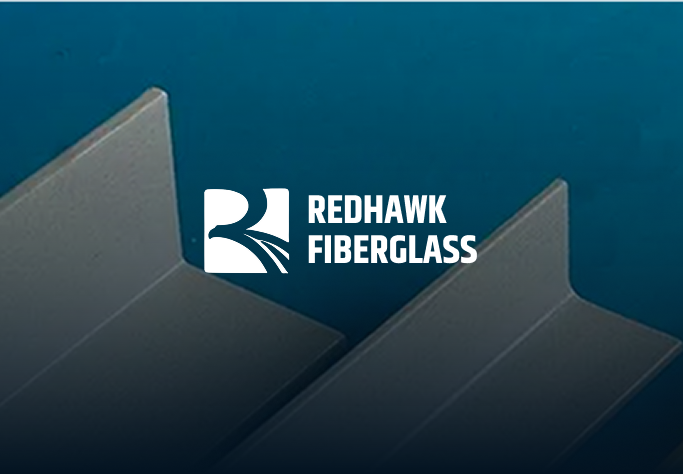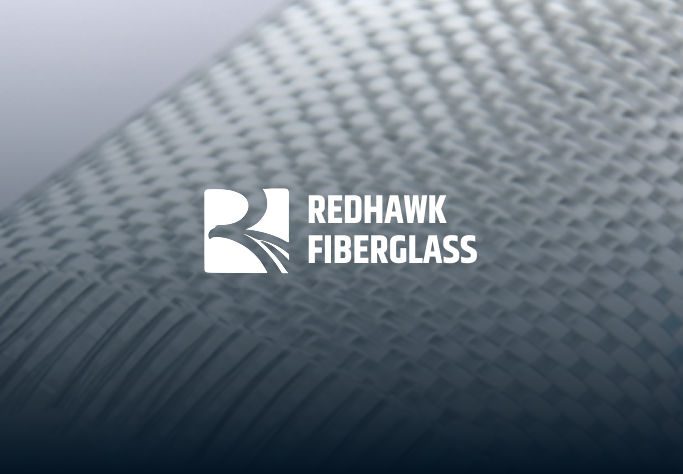Frequently Asked Questions on Fiberglass




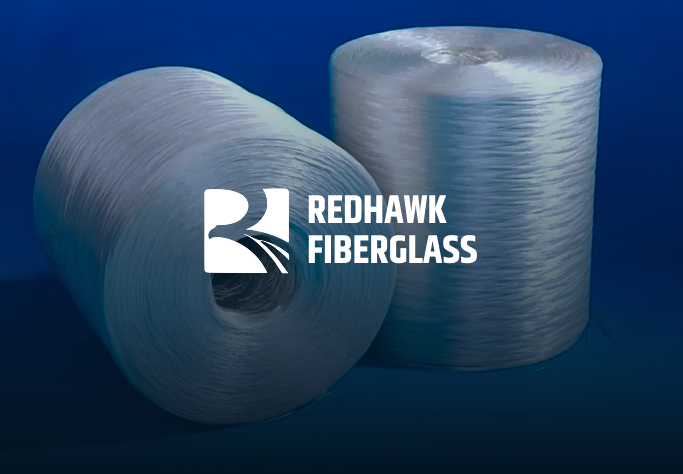
Fiberglass has become an indispensable material in modern manufacturing, used in countless applications from automotive components to architectural structures. Its remarkable properties have redefined durability and performance, making it a powerful and versatile solution for a wide range of industries. This article addresses some of the most frequently asked questions about fiberglass, providing detailed insights into its composition, strategic value, and specialized applications.
At its core, fiberglass is a composite material made from fine glass fibers embedded in a polymer matrix, most commonly a fiberglass resin. This unique combination results in a product that is lightweight, incredibly strong, and resistant to corrosion. Unlike other composites like carbon fiber, fiberglass offers a powerful and cost-effective alternative while still boasting an excellent strength-to-weight ratio. The fusion of glass fibers and a carefully selected polymer matrix creates a material that is both rigid and flexible, capable of withstanding significant stress without permanent deformation. This makes it an ideal choice for everything from structural components to finished consumer products, providing a reliable and lasting solution.
1. How does fiberglass offer a better return on investment (ROI) for businesses?
Fiberglass provides significant long-term economic value by reducing operational costs and extending product lifecycles.
2. What makes fiberglass a safer material to use than metal in certain applications?
Fiberglass is a key material for safety because it is inherently non-conductive. This property is crucial in applications where electrical safety is paramount, such as in utility poles, ladders, and electrical enclosures. Unlike steel or aluminum, fiberglass does not conduct electricity, which provides an added layer of protection for workers and equipment. Its non-corrosive nature also prevents structural failures that could lead to accidents.
3. Is fiberglass an environmentally friendly material?
While not biodegradable, fiberglass is a highly durable material with a long lifespan. This helps reduce waste and the need for frequent replacements. Modern manufacturing processes are also becoming more energy-efficient, and many fiberglass products can be recycled or reused at the end of their service life. Its lightweight properties also contribute to a lower carbon footprint in transportation by improving fuel efficiency for vehicles and reducing the energy required for shipping goods.
4. How is fiberglass used in insulation?
Fiberglass is a common material for thermal insulation. It's made by spinning molten glass into fine fibers that are then formed into blankets, rolls, or loose-fill products. The trapped air pockets within the fibers create an effective barrier that slows the transfer of heat. This keeps interiors warm in the winter and cool in the summer, which significantly reduces energy consumption and lowers utility costs for property owners.
5. What is the difference between open-mold and closed-mold fiberglass manufacturing?
6. Can fiberglass be molded into complex shapes?
Yes, one of the primary advantages of fiberglass is its exceptional moldability. Unlike rigid materials like steel or concrete, fiberglass can be easily molded into complex, seamless shapes, which opens up vast possibilities for design and engineering. This flexibility allows for the creation of intricate architectural elements, streamlined vehicle bodies, and ergonomically shaped furniture that would be difficult or impossible to produce with other materials.
7. Is fiberglass fire-resistant?
While fiberglass itself is non-combustible, the resins used to bind it can be flammable. However, manufacturers can add fire-retardant additives to the resin to produce a fire-resistant product. This is a crucial feature for applications in the construction and public transportation industries, where safety regulations require materials to meet specific fire-rating standards.
8. How does the quality of the raw material impact the final product?
The quality of the final product is directly tied to the quality of its raw materials and the expertise of its fiberglass manufacturer. Using high-quality glass fibers and resins ensures the composite material has consistent strength, durability, and resistance to environmental stressors. A reputable manufacturer of fiberglass meticulously controls every step of the process, from the initial melting of glass to the final molding, which guarantees a reliable, high-performance product.
9. What is the typical lifespan of a fiberglass product?
The lifespan of a fiberglass product is a major factor in its long-term economic value. With proper manufacturing and, where applicable, adequate care, a fiberglass product can last for several decades without significant degradation. For instance, boat hulls, industrial tanks, and architectural panels made from fiberglass are known for their exceptional longevity, often outlasting their steel or concrete counterparts.
10. Can fiberglass be used to reinforce other materials?
Yes, fiberglass is an excellent reinforcing material. Leading fiberglass mesh distributors like Redhawk Fiberglass, provide fiberglass mesh that is often embedded in plaster, stucco, and concrete to prevent cracking and improve structural integrity. A fiberglass sheet material can also be used to strengthen polymer composites and other materials, making them more resilient and durable.
Fiberglass is a key material in a multitude of industries, valued for its unique properties that solve complex engineering challenges. Its applications span from large-scale infrastructure to highly specialized components.

The practical application of fiberglass technology is brought to life by expert suppliers. Redhawk Fiberglass, a trusted fiberglass manufacturer, specializes in creating durable, low-maintenance composite solutions that directly impact a client's ROI. As a leading fiberglass distributor, the company focuses on delivering products that not only meet high performance standards but also reduce the need for constant upkeep.
Fiberglass is far more than just a simple material; it is a versatile solution that drives innovation and economic value across multiple sectors. From its core composition to its advanced manufacturing processes, fiberglass offers a unique blend of properties that make it a strategic choice for businesses looking to enhance the quality of their products and contribute to a more sustainable future. By understanding the answers to these frequently asked questions and partnering with a quality fiberglass supplier, companies can unlock the full potential of this remarkable material.
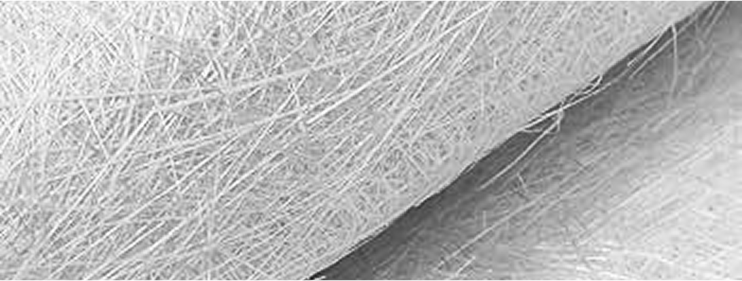
Leading fiberglass manufacturer Redhawk Fiberglass offers a 6-Point Mat (Chopped Strand Fiberglass), which features excellent flowability and high-temperature stability for diverse fiberglass composites

Premier fiberglass manufacturer Redhawk Fiberglass offers Glass Fiber Reinforced Gypsum (GRG) board, a lightweight, high-strength solution for diverse architectural and construction applications.
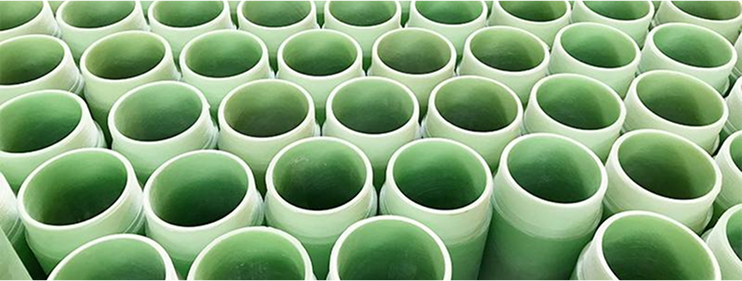
Premier fiberglass manufacturer Redhawk Fiberglass offers Filament Winding, creating precise, high-strength fiberglass composites with excellent thermal and chemical stability for demanding applications.
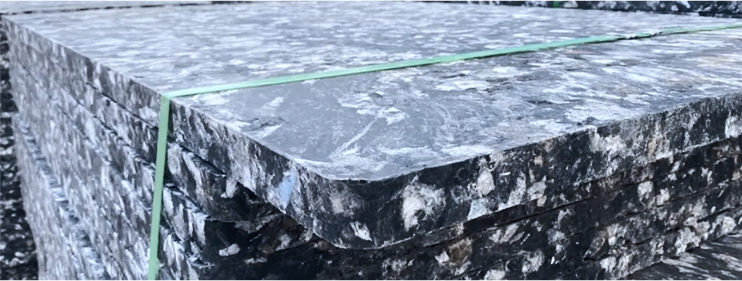
Premier fiberglass manufacturer Redhawk Fiberglass offers Engineering Thermoplastics (GFRT), a lightweight, high-performance fiberglass composite that boosts strength, heat resistance, and dimensional stability for diverse industrial uses.


